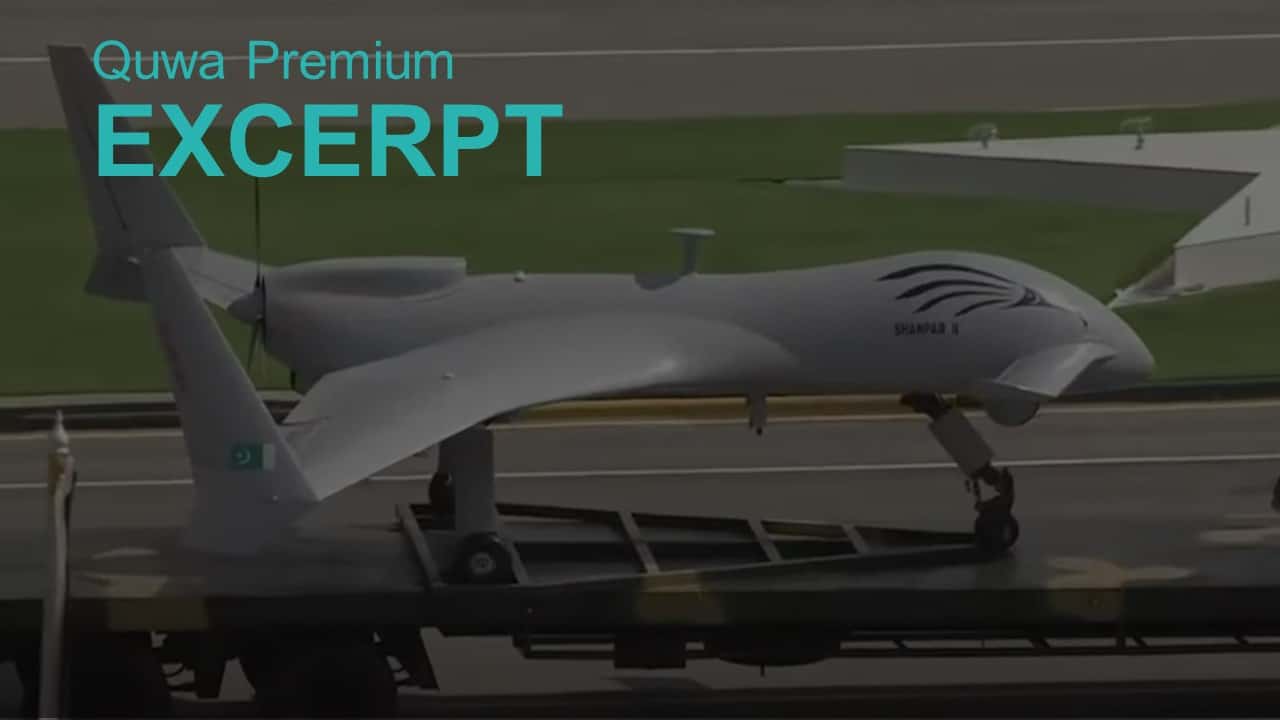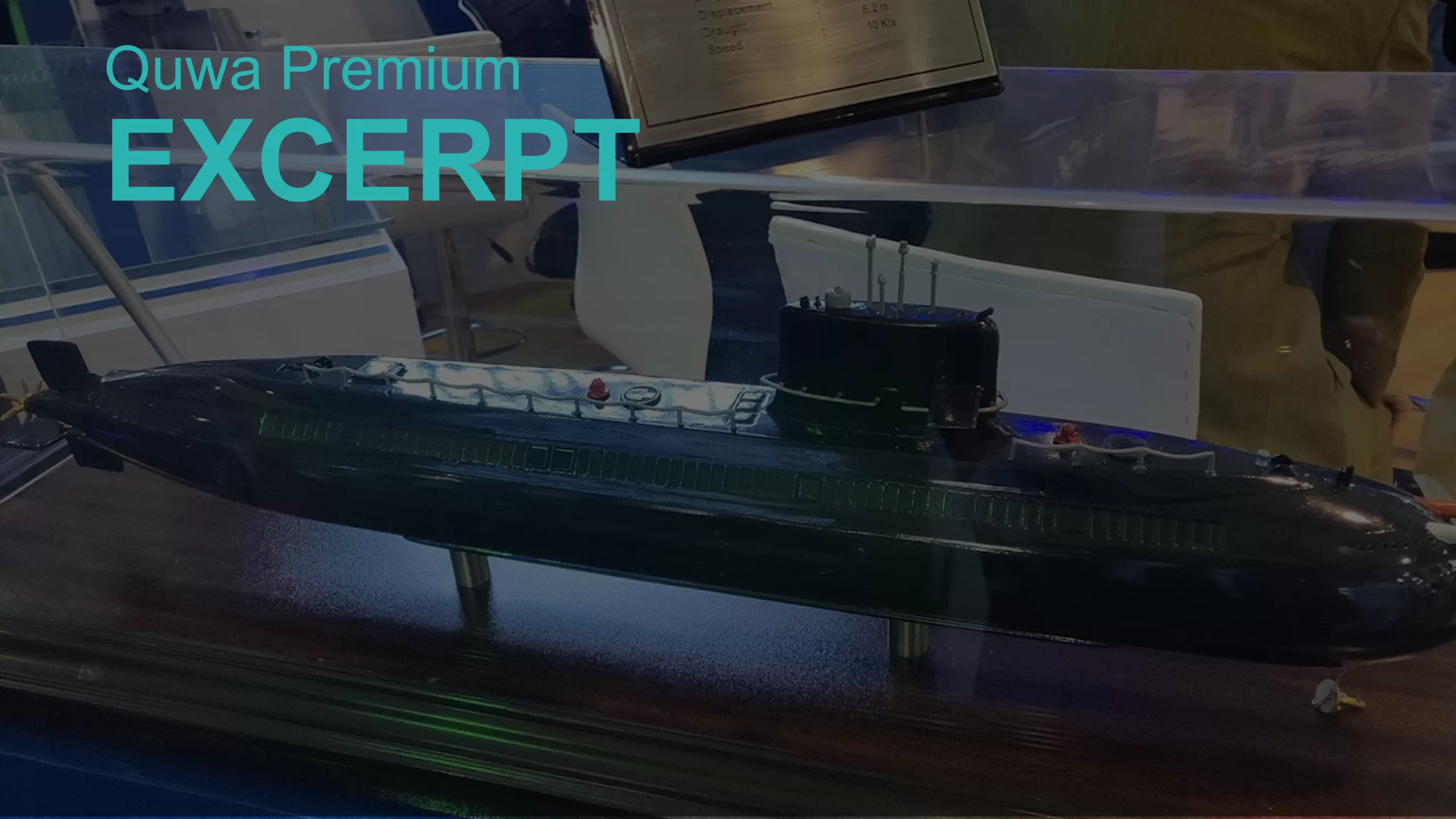2069Views

Pakistan’s Drone Programs Poised for Growth
Pakistan’s unmanned aerial vehicle (UAV) programs are poised for significant growth through the 2020s.
The country has at least two medium-altitude long-endurance (MALE) UAVs under development – i.e., the National Engineering and Scientific Commission (NESCOM) Shahpar-2 and unnamed Pakistan Aeronautical Complex (PAC) drone – and active contracts for Chinese CH-4s.
In addition, Pakistan will also deploy a new communications satellite (SATCOM) equipped with Ku-band and Ka-band transponders, i.e., the PakSat-MM1. Though meant for civilian usage, the fact that Pakistani military service arms (especially the Navy) are acquiring SATCOM terminals suggest that the armed forces can theoretically use the PakSat-MM1 and current PakSat-1R for defence purposes.
Each service arm of the armed forces – i.e., Pakistan Army, Pakistan Navy, and the Pakistan Air Force (PAF) – is acquiring drones. Each service arm seems focused on developing its ISR (intelligence, surveillance, and reconnaissance) and targeted, low-intensity attack capability against asymmetrical threats.
However, Pakistan’s drone programs may expand beyond mitigating non-conventional threats and, in line with each service arm’s unique circumstances, niche roles of conventional value.
Pakistan Army
While each service arm will likely procure multiple types of drones, this article will assume, for simplicity purposes, that each arm will procure one type of domestic UAV. In the case of the Pakistan Army (PA), the main UAV type would be the NESCOM Shahpar-2, which seems to have recently been inducted…[end of excerpt, subscribe to Quwa Premium to read the full article].
Pakistan Navy
Like the Pakistan Army (PA), the Pakistan Navy’s (PN) drone procurement appears to be focused on either surveillance or mitigating asymmetrical threats. For its surveillance requirements, the PN operates Boeing ScanEagle and the Schiebel Camcopter S-100. In terms of handling asymmetrical threats, the PN ordered a MALE drone off-the-shelf – this is likely a variant of the CH-4…[end of excerpt, subscribe to Quwa Premium to read the full article].
Pakistan Air Force
Currently, the centerpiece of the Pakistan Air Force’s (PAF) future drone plans seems to be PAC’s 1.5-ton MALE UAV. The design is similar in scope and capability as Turkey’s Anka and China’s CH-4 platforms. If it enters operational service, the PAF would likely use its own UAV in a similar manner, i.e., primarily an ISR system with precision-attack capabilities for use against low-intensity, asymmetrical targets…[end of excerpt, subscribe to Quwa Premium to read the full article].
Strategic Solutions
Finally, the private sector firm Integrated Dynamics is developing its own High-Altitude Pseudo-Satellite (HAPS) UAVs, the Solaris and Stratos. If successful, the Stratos HAPS UAV could add another dimension to Pakistan’s drone deployment by enabling a satellite-like image intelligence (IMINT) capability. It could, for example, fit a lightweight synthetic aperture radar (SAR) to the Stratos and deploy the UAV…[end of excerpt, subscribe to Quwa Premium to read the full article].
End of Excerpt (351/1,312 words)
You can read the complete article by logging in (click here) or subscribing to Quwa Premium (click here).
Need More Info on Pakistan’s Drone Program? See Below for the Latest News and Insights:
- Pakistan Continues Investing in Drone Technology
- Pakistan Takes Delivery of CH-4 UAVs from China
- Drone Development: How Pakistan Can Learn From Turkey
- Pakistan’s UAV Development, Deployment, and Future
- Pakistan Signs MoU With Havelsan to Develop Sub-Systems for UAVs.
- Project AZM: The Expansion of Pakistan’s Drone Program


